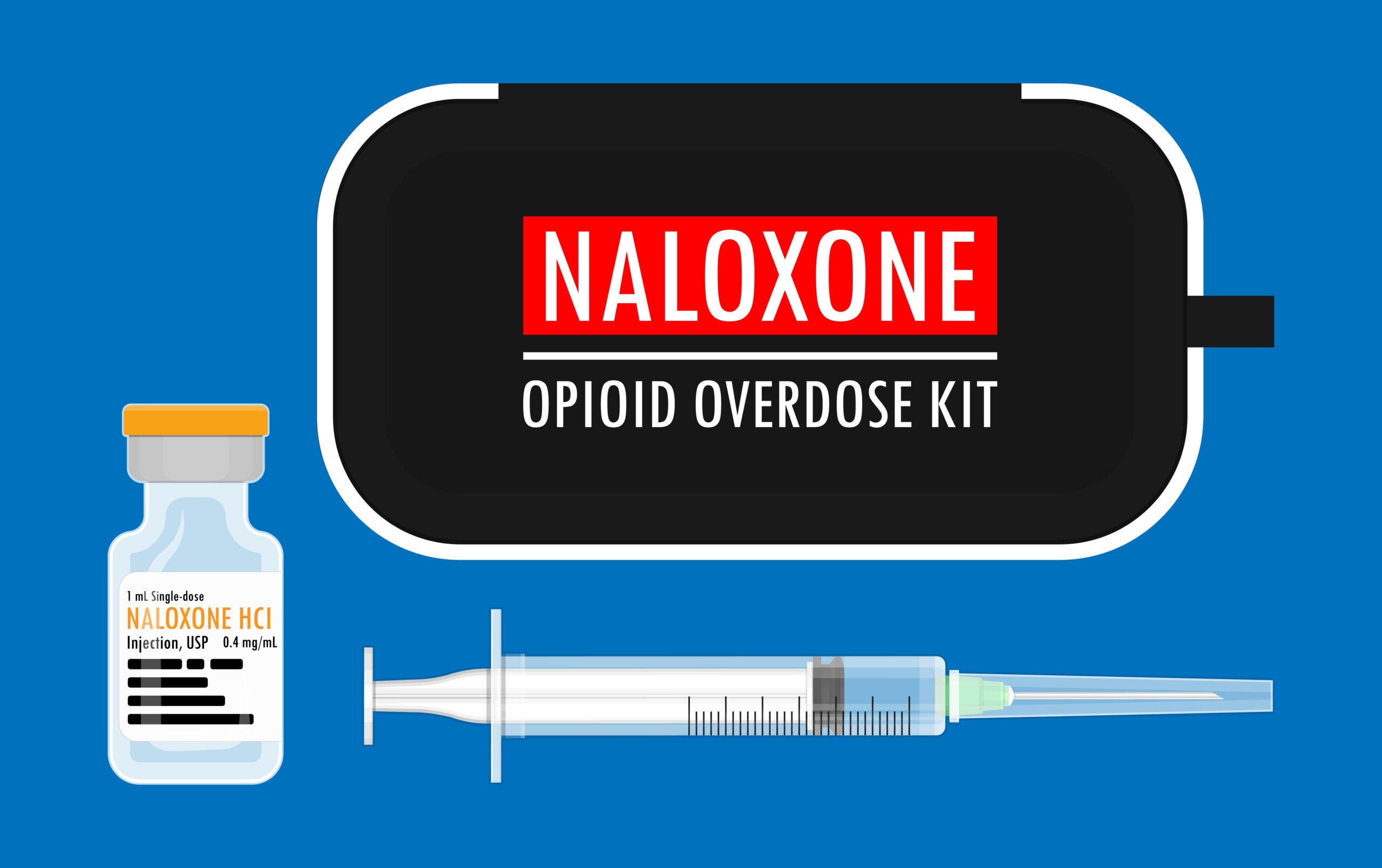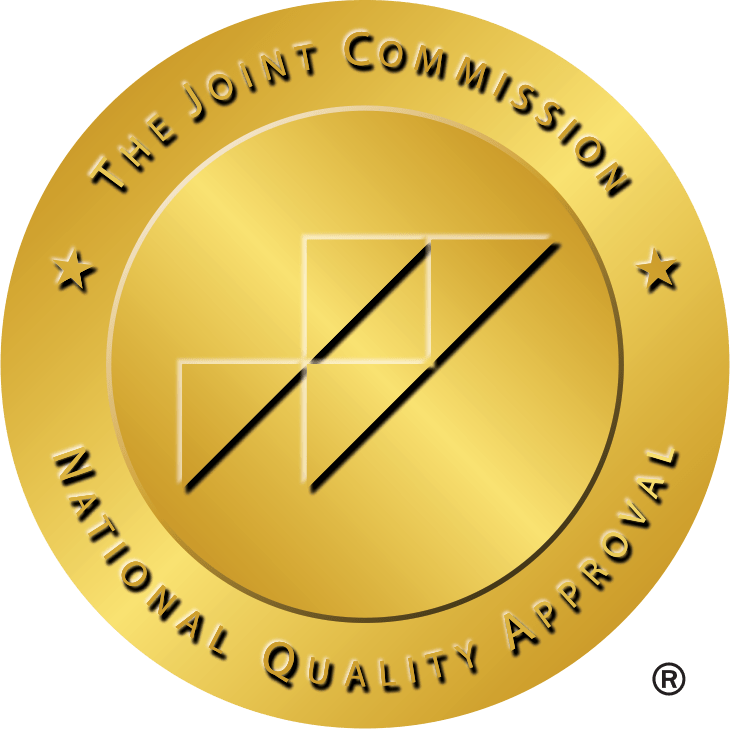Opioids are a class of drugs that block signals of pain between the body and brain. They are usually prescribed for moderate to severe pain. Some people take interest in opioids even if they aren’t prescribed them because they can make people feel, happy, relaxed, or high. The euphoric feelings only last a short amount of time which can leave people wanting more, which means that opioids are extremely addictive. Some of the most common prescription opioids are OxyContin, Percocet, and Vicodin. Commonly used illicit opioids include heroin and fentanyl.
How Much Is Too Much?
Abusing illegal and prescription opioids can have serious consequences. When a toxic amount of opioids is ingested, it can trigger an overdose. There is no easy answer that can say what amount of opioids are safe and what amount is potentially fatal because everyone is affected differently. Some general factors that can constitute a dangerous amount include:
- drug potency
- tolerance level
- body weight
- overall health
These factors are important to know so you can determine if someone will be susceptible to an overdose. For example, if someone hurt their back and was taking two small doses of Percocet each day and then their dose doubled due to extra pain, they may be more likely to overdose.
If someone is using illegal opioids, they may not even know that their dose is higher than usual because it could be cut with synthetic opioids like fentanyl. Drug dealers cut drugs with synthetic drugs because they can be cheaper and more potent, but this higher potency can result in higher rates of overdoses.

How Does An Opioid Overdose Happen?
An opioid overdose can occur when too much is taken or when a dose is mixed with other drugs or alcohol. Some people mix stimulants like cocaine with their opioids to create a “speedball” that quickly increases and decreases a person’s heart rate. This strain on the heart and brain can heighten the chances of an overdose.
Opioids attach themselves to the receptors in the brain that regulate breathing. When the connection is made, the cells slow down and impact the communication of the brain to the body. As the body slows down, so does the supply of oxygen to the brain, which can result in brain damage and organ failure.
So, what are the signs of an overdose? These signs include:
- Loss of consciousness
- Pinpoint pupils
- Difficulty breathing
- Respiratory arrest (completely stopped breathing)
- Choking, gurgling, or snoring sounds
- Blue or purple lips or fingertips
- Being unresponsive to loud noises, shaking, or painful stimuli
An overdose can be very scary. If you think someone is overdosing on any form of opioid, call 911 right away and administer Narcan if you have it. To learn more about Narcan, click here.





